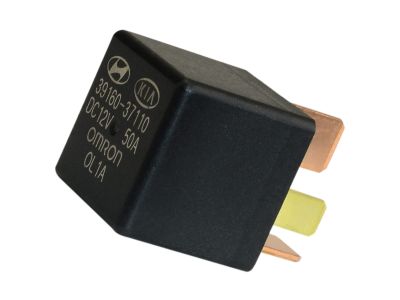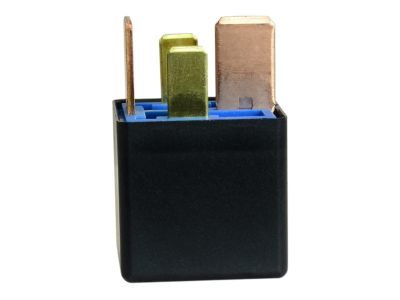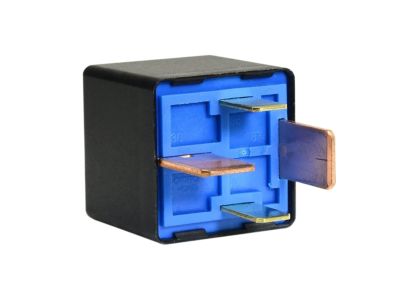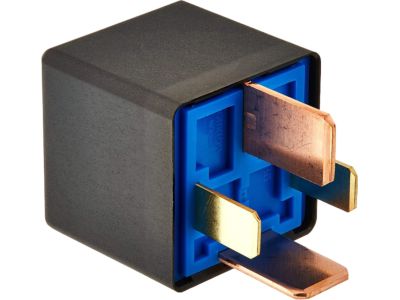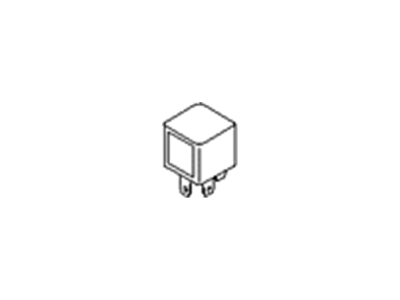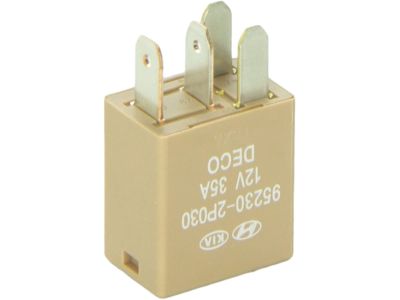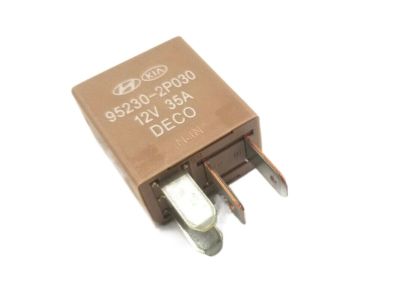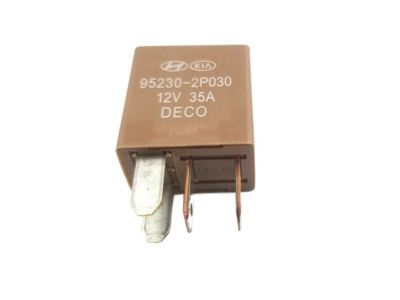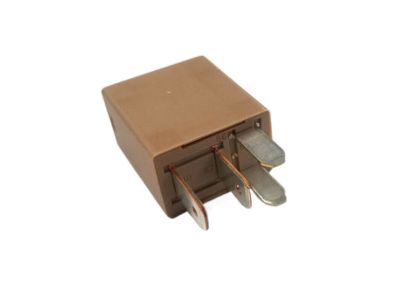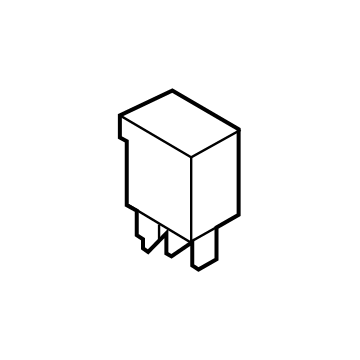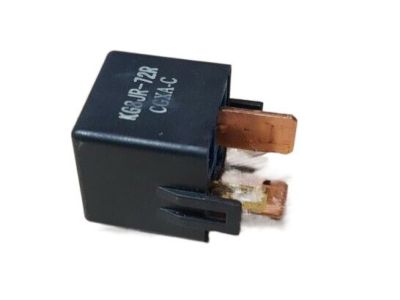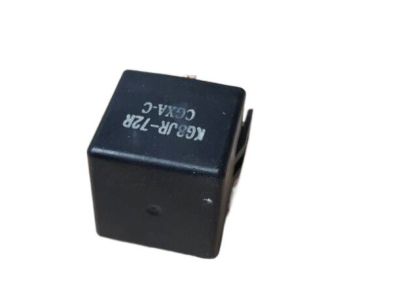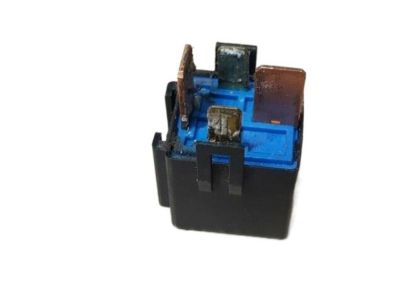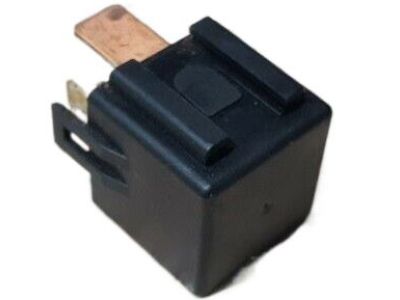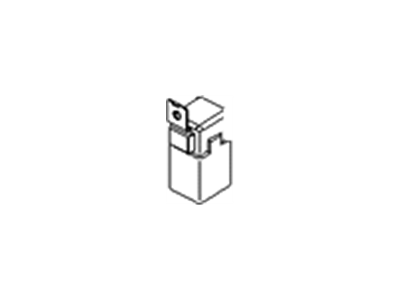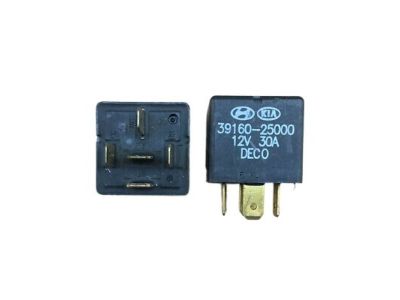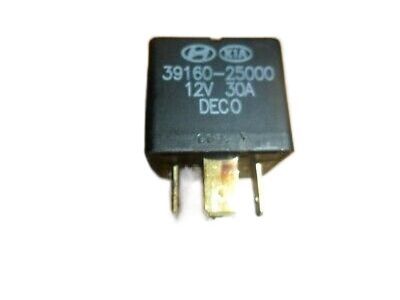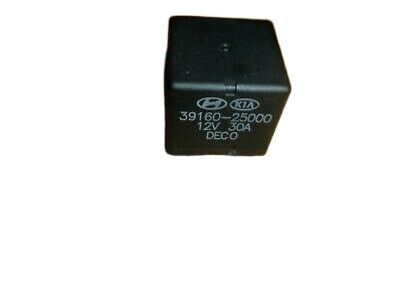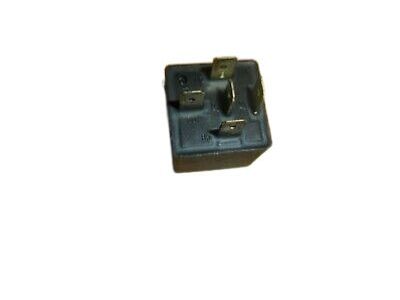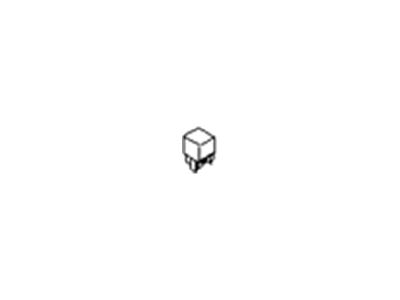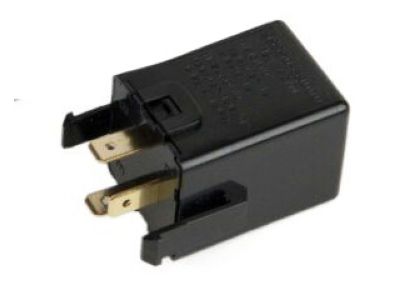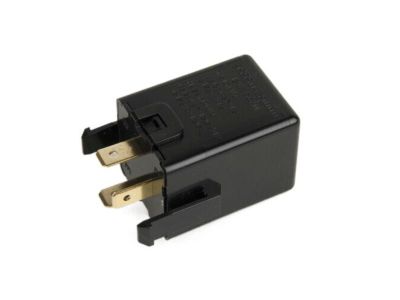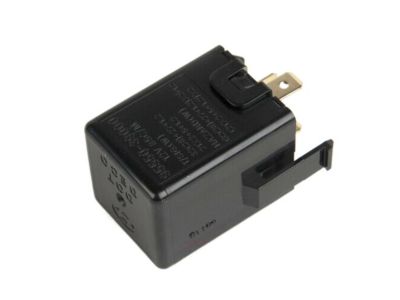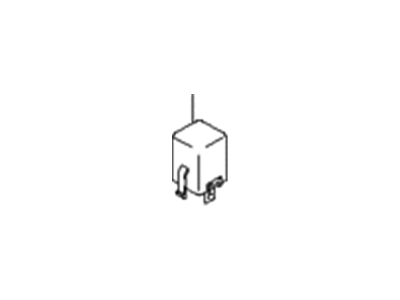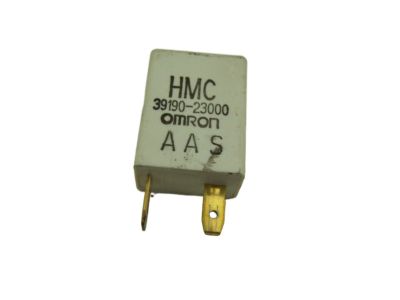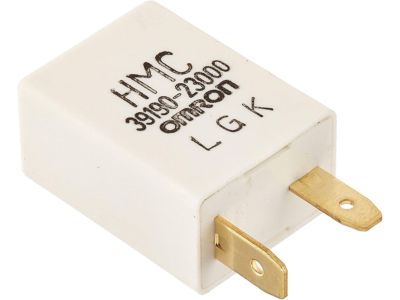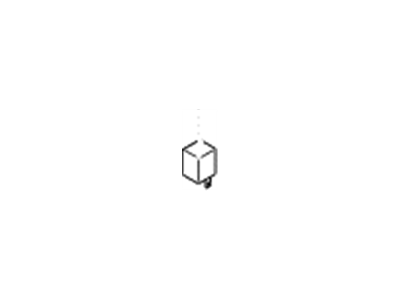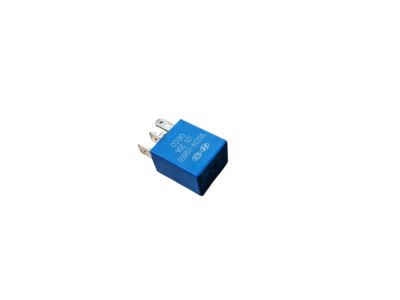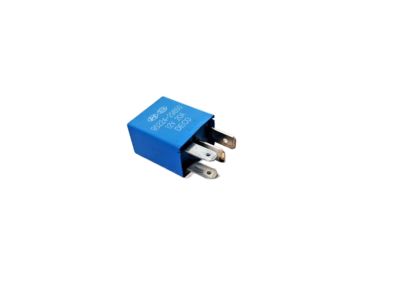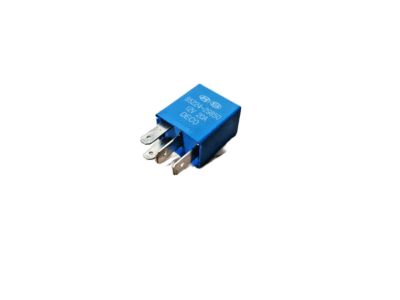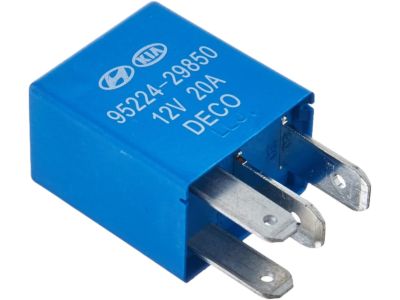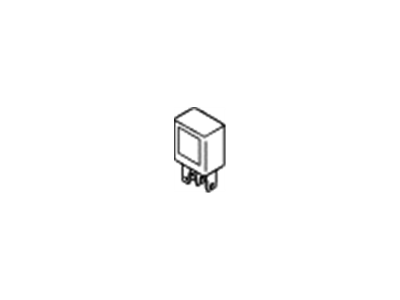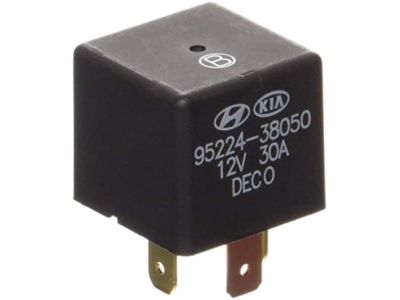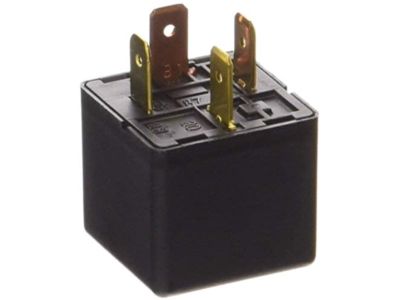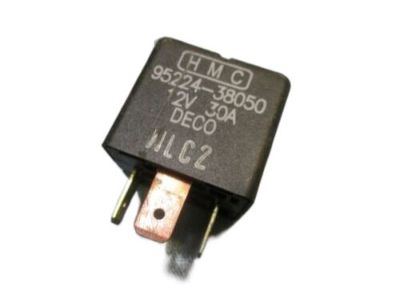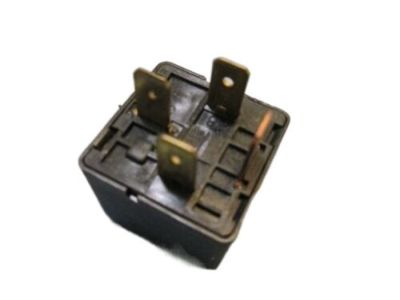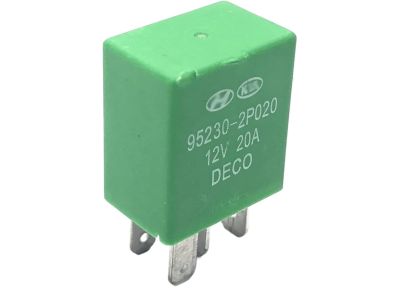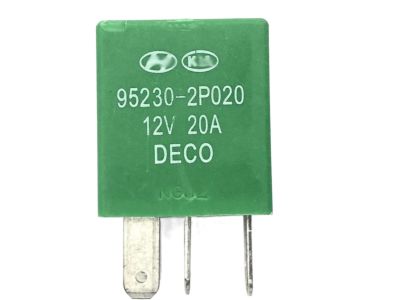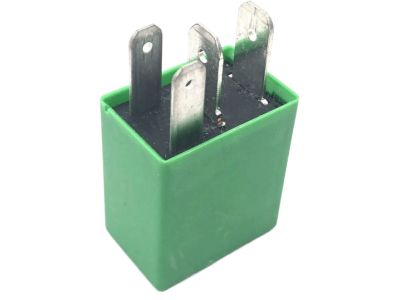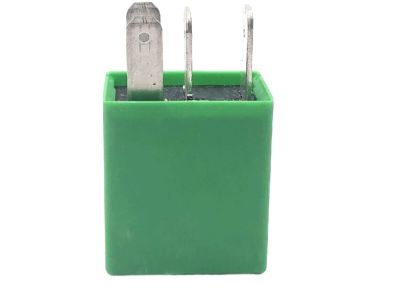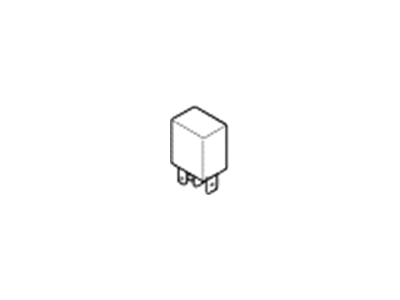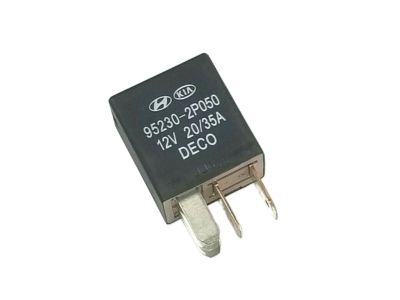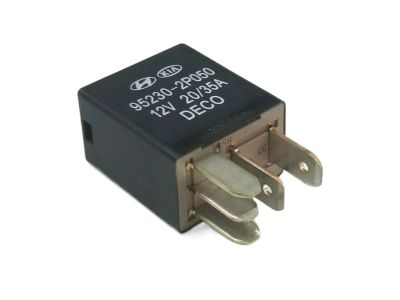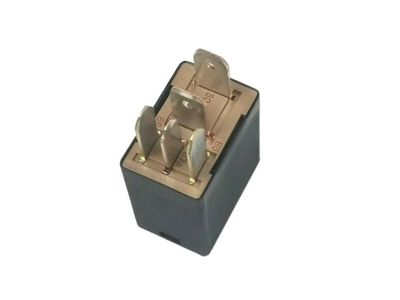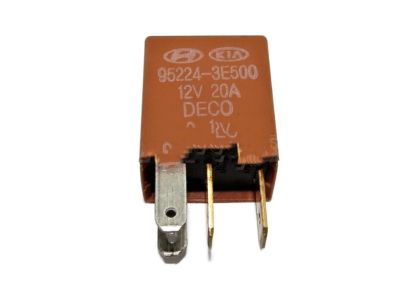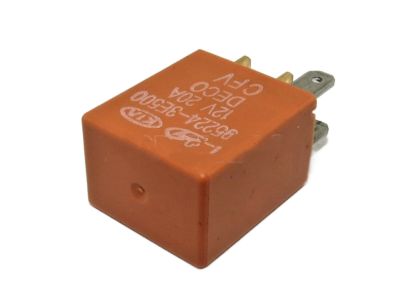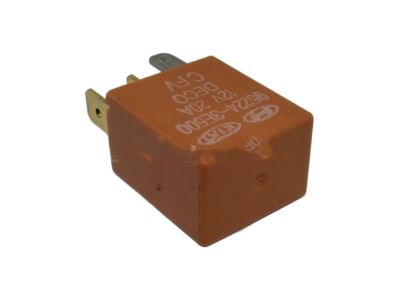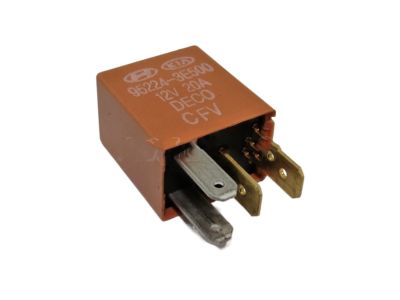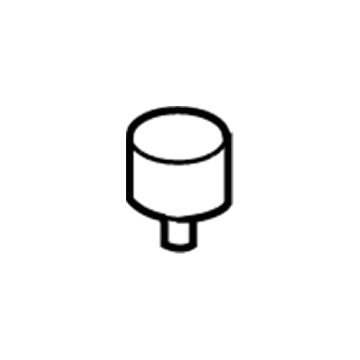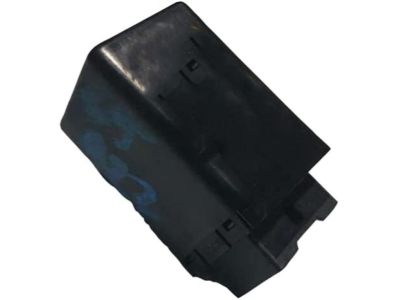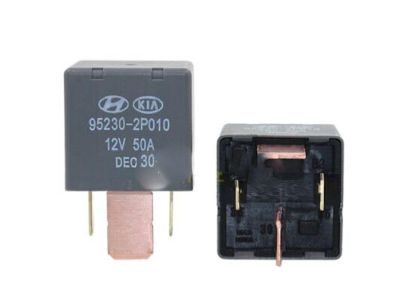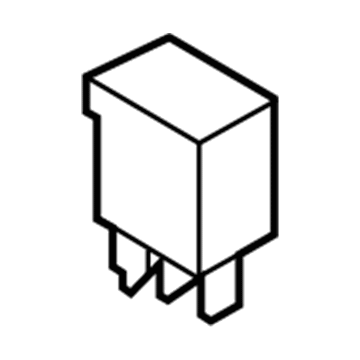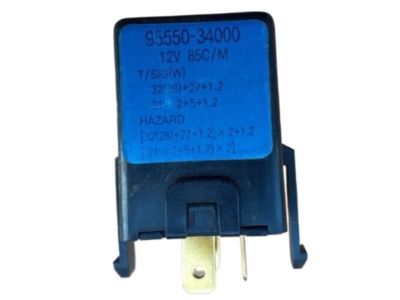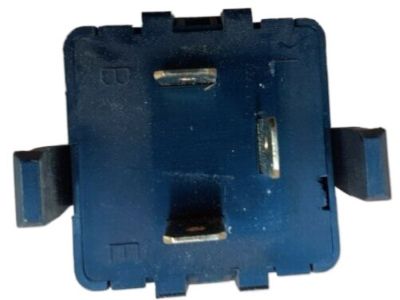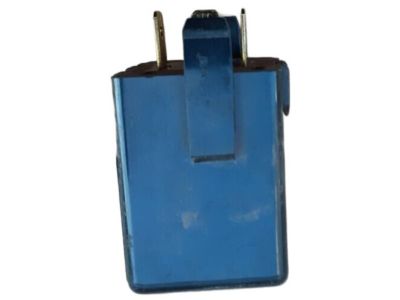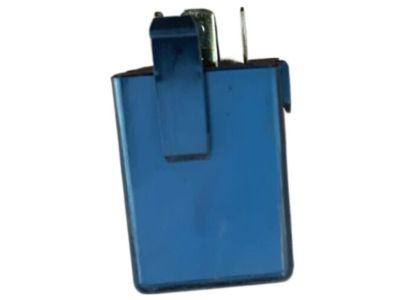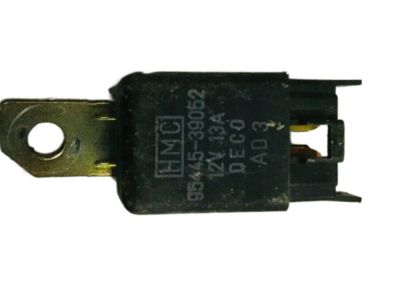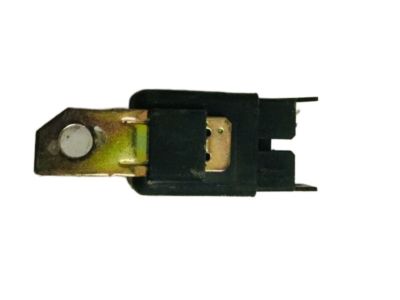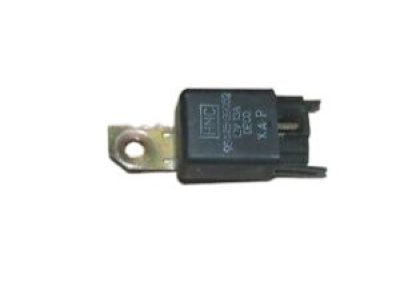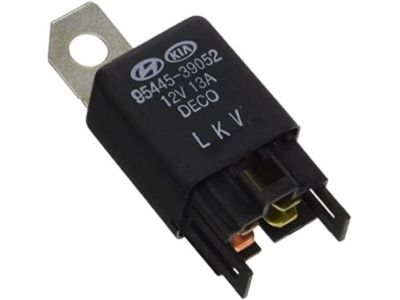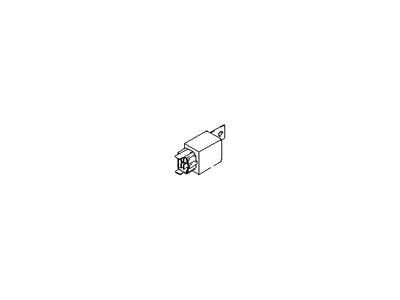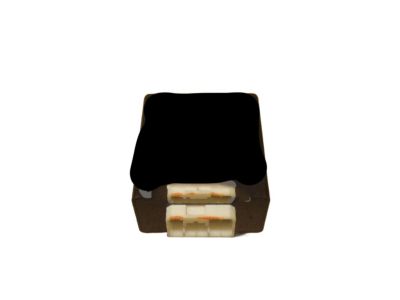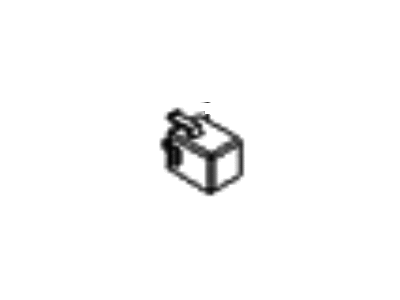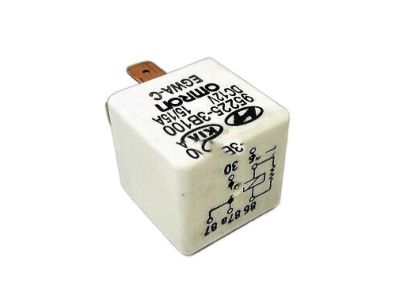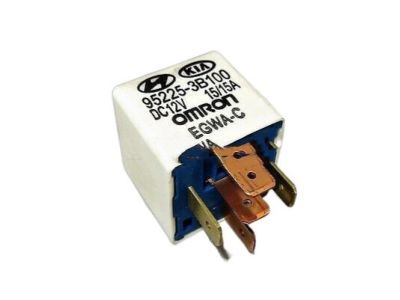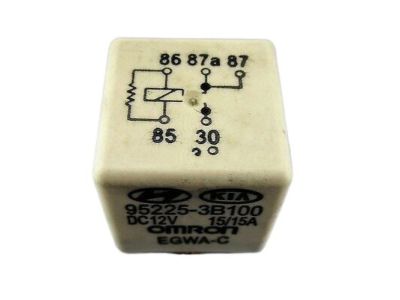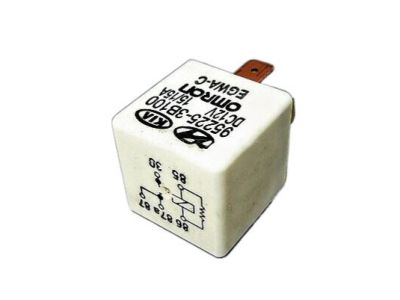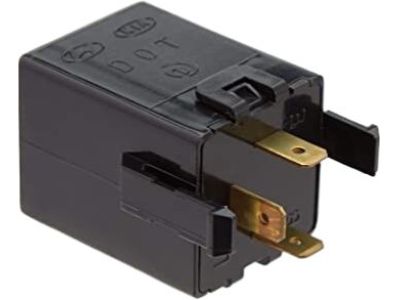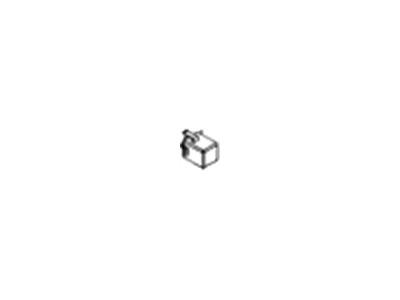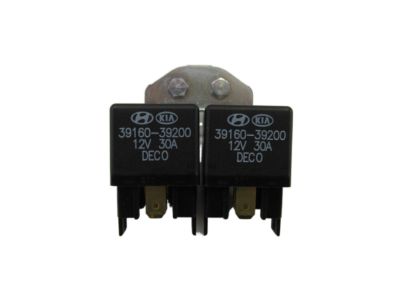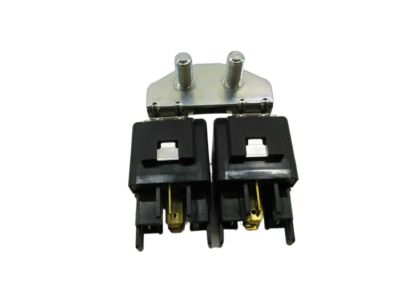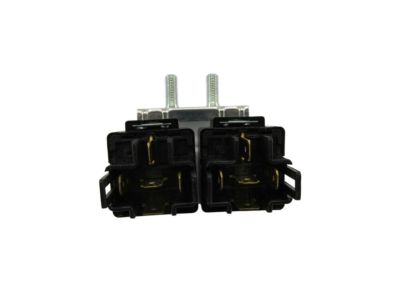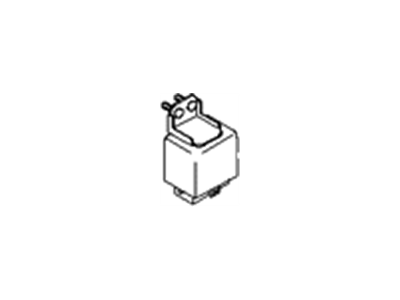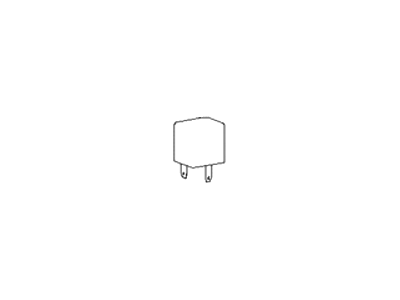×
- Hello
- Login or Register
- Quick Links
- Live Chat
- Track Order
- Parts Availability
- RMA
- Help Center
- Contact Us
- Shop for
- Hyundai Parts
- Hyundai Accessories


My Garage
My Account
Cart
Genuine Hyundai Sonata Relay
Wire Relay- Select Vehicle by Model
- Select Vehicle by VIN
Select Vehicle by Model
orMake
Model
Year
Select Vehicle by VIN
For the most accurate results, select vehicle by your VIN (Vehicle Identification Number).
77 Relays found

Hyundai Sonata Relay Assembly-Power
Part Number: 39160-37110$39.78 MSRP: $55.40You Save: $15.62 (29%)Ships in 1-3 Business Days
Hyundai Sonata Power Relay
Part Number: 95230-2P030$23.72 MSRP: $33.03You Save: $9.31 (29%)Ships in 1-2 Business Days
Hyundai Sonata Relay Assembly-Power
Part Number: 95230-3K000$49.30 MSRP: $68.66You Save: $19.36 (29%)Ships in 1-2 Business Days
Hyundai Sonata Relay-Power
Part Number: 39160-25000$65.70 MSRP: $92.31You Save: $26.61 (29%)Ships in 1-3 Business Days
Hyundai Sonata Flasher Module-Turn Signal
Part Number: 95550-39000$65.06 MSRP: $91.40You Save: $26.34 (29%)Ships in 1-3 Business Days
Hyundai Sonata Resistor-W/Diode
Part Number: 39190-23000$18.30 MSRP: $23.65You Save: $5.35 (23%)Ships in 1-2 Business Days
Hyundai Sonata Relay Assembly-Power
Part Number: 95224-29850$30.43 MSRP: $42.39You Save: $11.96 (29%)Ships in 1-3 Business Days
Hyundai Sonata Relay Assembly-Power (Register,4Pin)
Part Number: 95224-38050$35.30 MSRP: $49.16You Save: $13.86 (29%)Ships in 1-3 Business Days
Hyundai Sonata Relay-Power
Part Number: 95230-2P020$23.72 MSRP: $33.03You Save: $9.31 (29%)Ships in 1-3 Business Days
Hyundai Sonata Relay Assembly-Power
Part Number: 95230-2P050$22.60 MSRP: $29.21You Save: $6.61 (23%)Ships in 1-2 Business Days
Hyundai Sonata Relay Assembly-Power
Part Number: 95224-3E500$24.87 MSRP: $32.15You Save: $7.28 (23%)Ships in 1-2 Business Days
Hyundai Sonata Relay Assembly-Stop Signal
Part Number: 95240-3S300$124.89 MSRP: $175.47You Save: $50.58 (29%)Ships in 1-3 Business Days
Hyundai Sonata Power Relay
Part Number: 95230-2P010$27.56 MSRP: $38.39You Save: $10.83 (29%)Ships in 1-2 Business Days
Hyundai Sonata Flasher Module-Turn Signal
Part Number: 95550-34000$65.06 MSRP: $91.40You Save: $26.34 (29%)Ships in 1-3 Business Days
Hyundai Sonata Relay-A/T Control
Part Number: 95445-39052$24.34 MSRP: $31.45You Save: $7.11 (23%)Ships in 1-2 Business Days
Hyundai Sonata Flasher Module-Turn Signal
Part Number: 95550-3K200$45.97 MSRP: $64.03You Save: $18.06 (29%)Ships in 1-3 Business Days
Hyundai Sonata Relay Assembly-Power
Part Number: 95225-3B100$41.00 MSRP: $57.11You Save: $16.11 (29%)Ships in 1-3 Business Days
Hyundai Sonata Flasher Module-Turn Signal
Part Number: 95550-3K100$65.06 MSRP: $91.40You Save: $26.34 (29%)Ships in 1-3 Business Days
Hyundai Sonata Relay Assembly-Power
Part Number: 39160-39200$56.24 MSRP: $78.34You Save: $22.10 (29%)Ships in 1-3 Business Days
| Page 1 of 4 |Next >
1-20 of 77 Results
Hyundai Sonata Relay
If you are looking for affordable high-quality OEM Hyundai Sonata Relay, then you have come to the prime place. Our website provides a large amount of genuine Hyundai Sonata Relay at unbeatable prices. All our parts come backed with the manufacturer's warranty.
Hyundai Sonata Relay Parts Questions & Experts Answers
- Q: What is the general information about relays and their testing in Hyundai Sonata?A:Some of the electrical accessories of the vehicle include the fuel injection system, starter, and fog lamps; however, the relays work in directing electrical signals to the relative parts. Usually Relays work on Low current control circuit to switch on/off High current power circuit; if the Relay is faulty the concerned component will not work. The majority of car relays are placed inside the engine compartment fuse/relay box; however, several extraordinary relays are stored in the under-hood box at the fender. If a faulty relay is thought to be current, it can be analyzed out of its circuit or eliminated and transported to a dealer service department or repair shop for respective test. Entire defective relays must be replaced and the circuit controlled by relay usually has its identity marked on top of it and further identification can be found inside cover part of the relay box. Typical relays are classified into four types that include the normally open, the normally closed and other models that have the both. Usually terminals 1 and 2 are the control circuit to the relay and terminal 3 connects with the coil, while the other terminals make the power circuit. Depending on the relay's type, there may be graduated notches or other features on the case that help differentiate between the control and power circuit terminals. When testing a relay an ohmmeter should be connected across the terminals of the power circuit, continuity should not be obtained. For a usual four-terminal normally open relay, continuity should be obtained when the relay is on and should be absent when the relay is off. Jumper wire of this kind should be join one control circuit terminal to the positive battery terminal using another jumper wire the other end of the control circuit terminal to the ground; the relay should click, as the meter shows continuity. If the relay does not click, then you might have to change the jumper wires as polarity is a concern in these circuits. Where there is doubt concerning the relay's effectiveness, it should be replaced to avoid failure in the next test.
Related Hyundai Sonata Parts
Browse by Year
2023 Relay 2022 Relay 2021 Relay 2020 Relay 2019 Relay 2018 Relay 2017 Relay 2016 Relay 2015 Relay 2014 Relay 2013 Relay 2012 Relay 2011 Relay 2010 Relay 2009 Relay 2008 Relay 2007 Relay 2006 Relay 2005 Relay 2004 Relay 2003 Relay 2002 Relay 2001 Relay 2000 Relay 1999 Relay 1998 Relay 1997 Relay 1996 Relay 1995 Relay 1994 Relay 1993 Relay 1992 Relay 1991 Relay 1990 Relay 1989 Relay 1988 Relay
